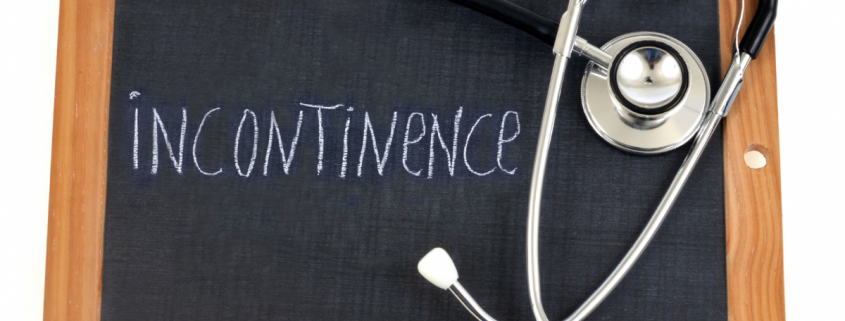Incontinence in the Elderly: How to Convince an Elderly Person to Wear Diapers
Urinary incontinence is one of the most common complaints of old age. It can take various forms and frequencies but is nevertheless a highly common problem among older people. Nevertheless, the subject is shrouded in shame and treated as a taboo matter, which should not be the case in a civilised world.
Therefore, we have decided to disregard conventions and tell you everything you need to know about this condition, its causes, treatment and variations. So what is incontinence in the elderly? What are incontinence pads for the elderly and how to persuade a senior to use them? Let’s find out together!
What is incontinence in the elderly?
Incontinence in the elderly is not a disease, but a natural symptom of ageing. It is defined as a condition in which a person experiences involuntary urination or defecation, caused by increased pressure in the abdomen. Urinary incontinence in the elderly means that a person urinates involuntarily. Although it can happen to anyone, incontinence, also known as overactive bladder, is more common in older people, especially women. It often develops slowly and can manifest itself in many ways, and problems with bladder control can be embarrassing and cause people to start avoiding their normal activities, which is why talking about it is so important.
Types of incontinence in the elderly
Incontinence in the elderly from a medical point of view is divided into two basic types. These are:
- Urinary incontinence, consisting of uncontrolled urination.
- Faecal incontinence, involving uncontrolled defecation.
How to deal with incontinence in the elderly?
Incontinence in the elderly can be dealt with in several ways. Here, are the most effective approaches:
Accessories
Medicine and physiotherapy know many methods to help control the bladder. Nevertheless, it is important to use the right hygienic measures to keep the skin safe and to ensure psychological comfort, which is, after all, equally important in such a situation.
This is where incontinence pads for the elderly come to the rescue. The problem of incontinence can vary in severity. Unwanted leakage can also occur in certain situations, e.g. when coughing or sneezing, in which case it is enough to persuade the senior to wearing adult nappies, which absorb unpleasant smells. At first, seniors may be reluctant to wear incontinence pads for the elderly, but it is worth explaining to them that this is a safe and comfortable option for everyone and nothing to be ashamed of.
Bladder control training
Pelvic muscle exercises, also known as Kegel exercises, strengthen the muscles that support the bladder, which can help you keep urine in the bladder and avoid letting go. They are recommended especially in the first stages of incontinence and as a means of prevention.
Medication
Your doctor may prescribe medications in the form of pills, liquids or patches can to help with bladder control problems, or change those that have the side effect of incontinence. However, some drugs for overactive bladder have been associated with a higher risk of cognitive decline in adults over 65. Therefore, it is essential to consult with your doctor about which medications will be most appropriate.
Electrical nerve stimulation
Electrical nerve stimulation sends mild electrical currents to the nerves around the bladder to help control urination and bladder reflexes. This can be an effective way to combat incontinence in the elderly, although a slightly expensive way out. However, if your budget enables you to do so, it is worth considering.
Incontinence in the elderly — tips for caregivers and clients
Adequate care for a senior suffering from incontinence involves the following measures:
- restriction of diuretic fluids (strong tea, coffee, alcohol)
- regulation of bowel movements: passing urine and faeces at specific times
- adequate hydration (i.e., drinking the right amount of fluids) to avoid dehydration and urinary tract infections
- the use of absorbent products (nappies, pantyhose, urological inserts, underpads), which should always be properly selected (different for those lying down, different for those walking) as well as sized according to the degree of incontinence, hip and waist circumference
- Take care of intimate hygiene, especially when using absorbent products – remember to take care of the skin when changing, thoroughly wash and dry areas prone to chafing, rubbing and patting – this is the only way to ensure comfort, well-being and prevention of urinary tract infections
- the use of defecation facilities: bedpans and incontinence buckets, toilet chairs to shorten the ‘route’ to the toilet and external or internal catheters.
Incontinence in the elderly — summary
It is worth understanding that incontinence in the elderly is a normal problem that you should not be ashamed of, let alone embarrass the person dealing with it. Therefore, if your elderly loved one has this problem, see a doctor and choose a course of treatment.















